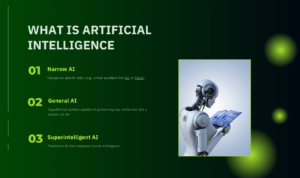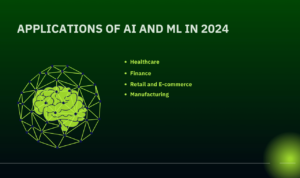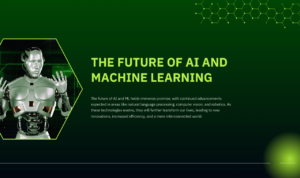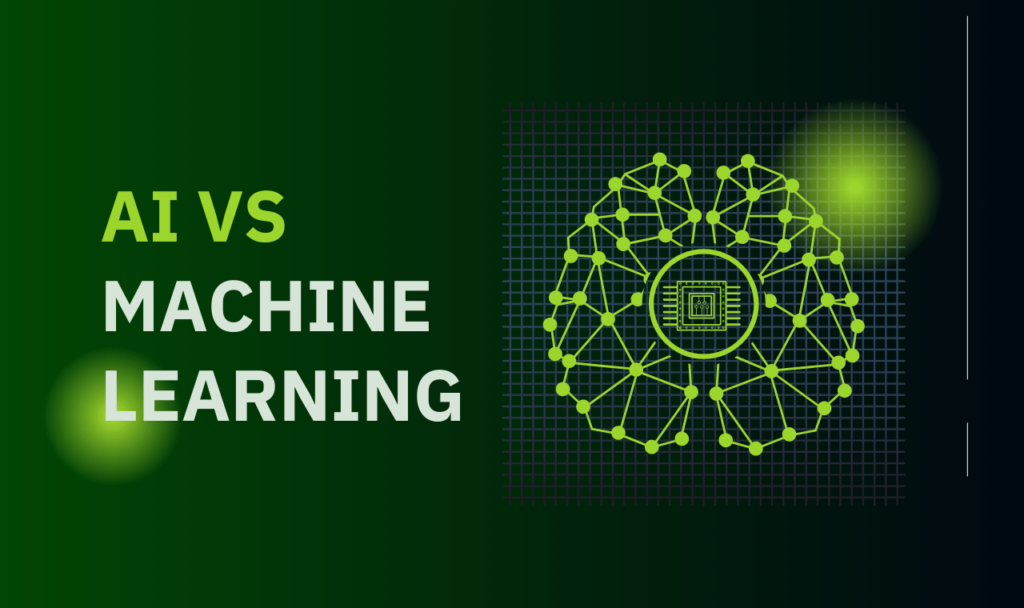AI isn’t just a buzzword anymore—it’s expected to contribute a whopping $15.7 trillion to the global economy by 2030! But here’s the twist: when most people say “AI,” they often mean machine learning. And that’s a problem. Understanding the difference between these two can make or break your strategy, whether you’re building smarter systems or optimizing business operations.
At its core, artificial intelligence (AI) refers to the broader goal—machines performing tasks that usually require human intelligence. Machine learning (ML)? That’s just one way to achieve it. Think of AI as the destination and ML as a well-paved road to get there. This article clarifies these concepts, showing how they work together, where they diverge, and what this means for your business in 2024.
By the end, you’ll understand the nuances between AI and ML and which technology to lean into for your projects. Let’s cut through the noise and explore how each shapes the future—so you can stay one step ahead.
What is Artificial Intelligence (AI)?

AI refers to the simulation of human intelligence by machines. AI systems are designed to perform tasks that typically require human cognition, such as speech recognition, problem-solving, and decision-making. Depending on its scope, AI can be categorized into:
- Narrow AI: Focuses on specific tasks (e.g., virtual assistants like Siri or Alexa)
- General AI: Hypothetical systems capable of performing any intellectual task a human can do
- Superintelligent AI: Theoretical AI that surpasses human intelligence
AI systems mimic human behavior using algorithms, data, and advanced computing power. However, not all AI systems learn or adapt—this is where machine learning comes in.
What is Machine Learning (ML)?

Machine learning is a branch of AI that enables computers to learn from data and improve over time without being explicitly programmed. ML algorithms analyze patterns in data, make predictions, and adjust outputs based on new information. There are three main types of machine learning:
- Supervised Learning: Trained on labeled data (e.g., image recognition)
- Unsupervised Learning: Finds hidden patterns in data without labels (e.g., clustering)
- Reinforcement Learning: Learns through trial and error (e.g., robotics or game AI)
ML is the driving force behind many AI-powered tools, including recommendation engines, fraud detection systems, and autonomous vehicles.
AI vs Machine Learning: The Key Differences
While AI is a broad concept, machine learning is a specific subset within it. Here’s how they differ:
Feature |
Artificial Intelligence (AI) |
Machine Learning (ML) |
|---|---|---|
| Scope | Encompasses many technologies | A specific approach to AI |
| Focus | Mimics human intelligence | Learns from data to improve |
| Autonomy | May or may not adapt over time | Continuously evolves with data |
| Applications | Chatbots, robotics, etc. | Predictive analytics, fraud detection |
| Examples | Siri, self-driving cars | Netflix recommendations, spam filters |
AI can exist without ML, such as rule-based systems, but ML always exists within the realm of AI.
Applications of AI and ML in 2024

AI and machine learning are revolutionizing various industries. Below are some key areas where these technologies play essential roles:
1. Healthcare
- AI: Virtual health assistants, medical imaging diagnostics
- ML: Personalized treatment plans, predictive analysis for patient outcomes
2. Finance:
- AI: Automated trading systems, chatbots for customer service
- ML: Credit scoring, fraud detection algorithms
3. Retail and E-commerce:
- AI: Virtual shopping assistants
- ML: Product recommendations, demand forecasting
4. Manufacturing:
- AI: Robotics and automation
- ML: Predictive maintenance for machinery
How to Choose Between AI vs Machine Learning
When deciding whether to implement AI vs machine learning, it’s essential to understand the goal of your project. If you need a system that can adapt over time based on data, machine learning might be the better approach. However, basic AI could suffice if you only need a system to perform a set of predefined tasks.
Questions to consider:
- Do you need the system to improve on its own with more data?
- Is your project focused on decision-making or pattern recognition?
- What level of complexity can your organization manage?
The Future of AI and Machine Learning

In 2024 and beyond, AI and ML technologies will continue to evolve, offering new possibilities and challenges. Here are some future trends to keep an eye on:
- Explainable AI (XAI): AI systems that provide insights into how decisions are made
- Edge AI: Bringing AI computation closer to the data source, such as IoT devices
- AI-powered automation: Transforming industries by automating complex processes
- Improved ML models: More accurate predictions with advanced algorithms and larger datasets
Both AI and ML will play an essential role in shaping future innovations, from self-driving vehicles to AI-driven healthcare solutions. Understanding these technologies will help businesses stay ahead of the curve.
Conclusion
AI and machine learning are closely related but serve different purposes. AI aims to simulate human intelligence, while ML focuses on learning from data to improve over time. In 2024, both technologies will continue revolutionizing industries, offering significant potential for growth and innovation. Understanding their differences and applications lets you decide which technology best suits your needs.
With the right strategy, leveraging AI or ML can unlock powerful opportunities for business transformation and personal growth in the rapidly evolving tech landscape.



